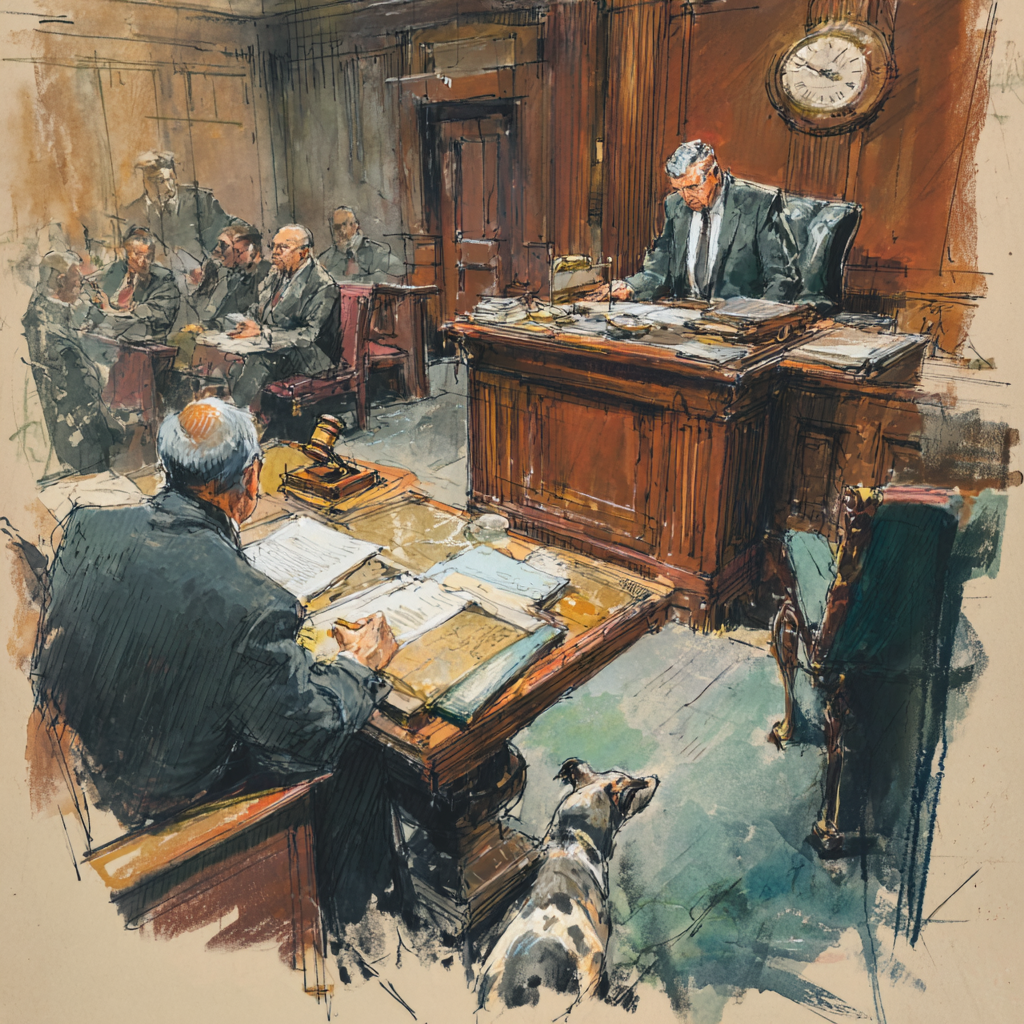State Farm Mut. Auto. Ins. Co. v AK Global Supply Corp., 2022 NY Slip Op 01890 (1st Dept. 2022)
In the staged accident paradigm, what is enough to make a prima facie showing of staged accident?
“Plaintiff’s Claim Specialist, Danette Rodriguez submitted an affidavit stating that the policy was procured online to an Albany address 22 days before the collision, that the collision occurred late at night in Queens County, far from Albany, and that the adverse driver, Alister Brown, told the police he did not believe that the claimants were in the insured vehicle at the time of the collision. She stated further that the claimants began undergoing elaborate and mirror treatments the next day, although the police accident report showed no reported injuries at the scene and no damage to either car. Moreover, during an interview with plaintiff, the alleged driver of the insured vehicle, Oneil Pierrisaint, denied ever driving the vehicle, knowing any of the claimants, or knowing Loiseau’s name, which led plaintiff to conclude that Pierrisaint’s identity had been stolen by John Doe, the unknown driver. Finally, Evans Julce, a witness to the collision, stated in an affidavit that the insured vehicle seemed to have collided with Brown’s car intentionally”
I think this is “overkill”. If you were to measure the staged accident proof against this standard, most cases would not pass muster. I think the case Justice Devin Cohen wrote about a few weeks ago is the prime example of what is needed in the circumstantial case.
I also like this case because it is clear that the 15 business day time period is measured against receipt of the NF-3. ” Documentary evidence shows that plaintiff sent the EUO scheduling letters to the claimants within 15 business days of receiving the prescribed verification forms (in this case, NF-3 forms), as required (see 11 NYCRR 65-3.5[b]; Hertz Vehicles, LLC v Best Touch PT, P.C.,162 AD3d 617 [1st Dept 2018]). Contrary to the motion court’s calculation of the 15-day period as starting from plaintiff’s receipt of the claimants’ NYS Form NF-2s, the NYS Form NF-2 is not a “prescribed verification form[],” but an application for no-fault benefits (11 NYCRR 65-3.5[b])….”
Again, I am a proponent of well supported declaration judgment actions. This is a great example of one. I earnestly believe that EIP attorneys and provider attorneys who have to forage through American Transit’s nonsense Declaratory judgment actions and get them dismissed – which requires multiple rounds of motion practice – should be entitled to their attorneys fees. Contrariwise, the EIP attorney or provider attorney who is confronted with something like this should just walk away.









